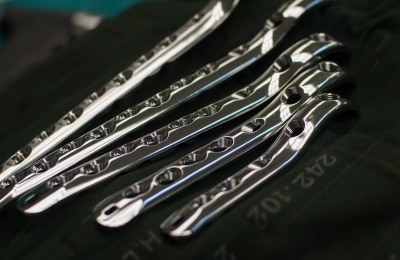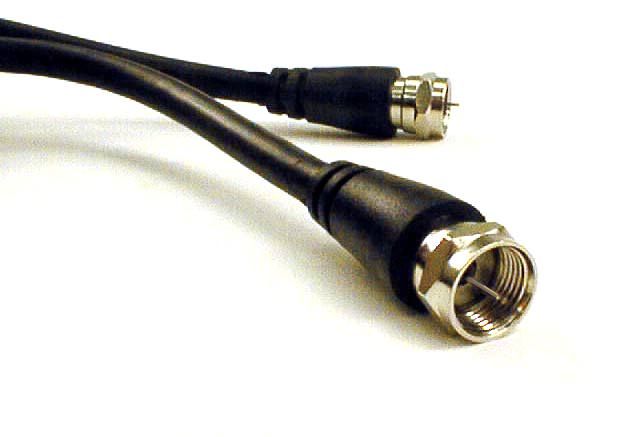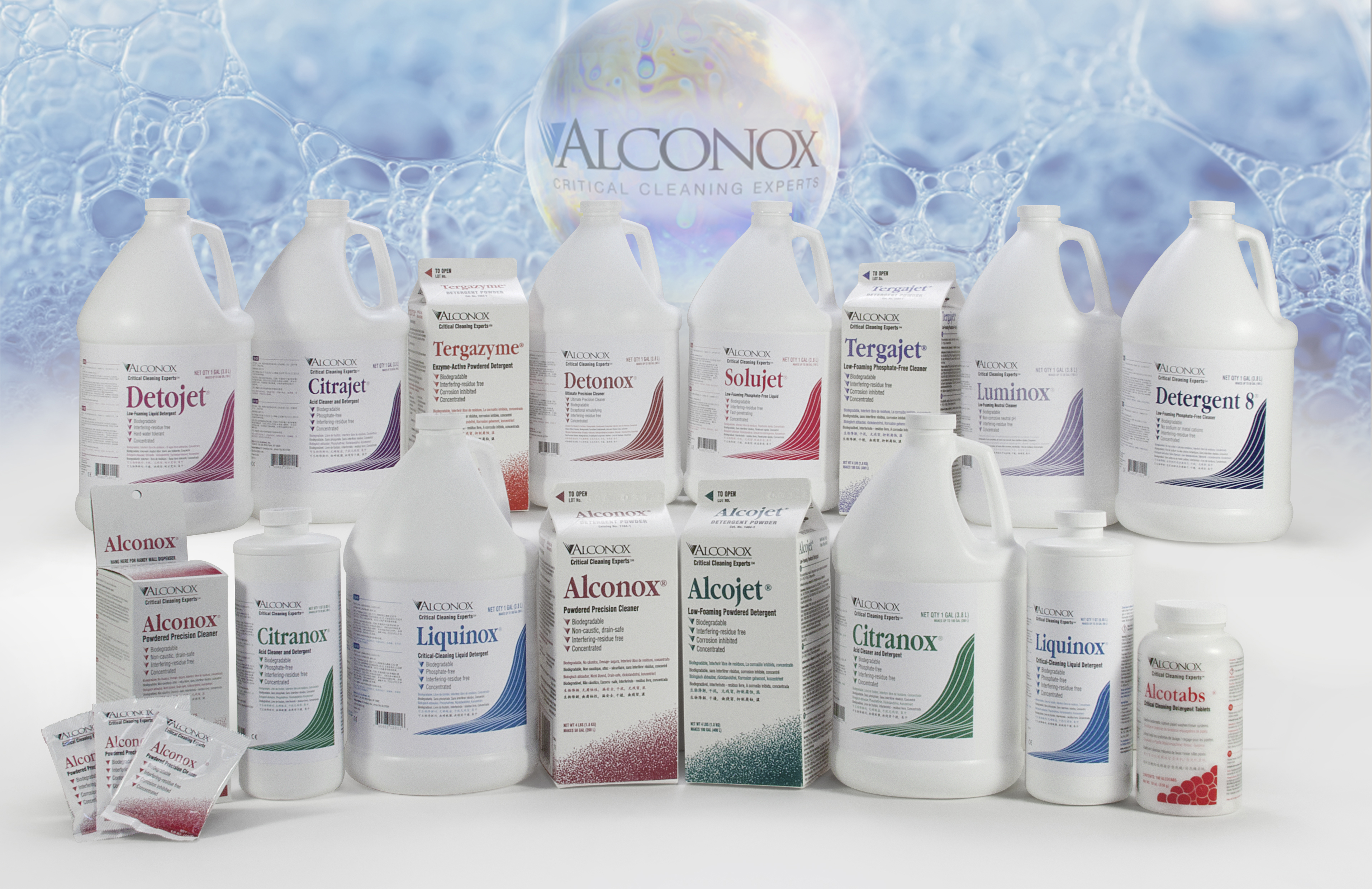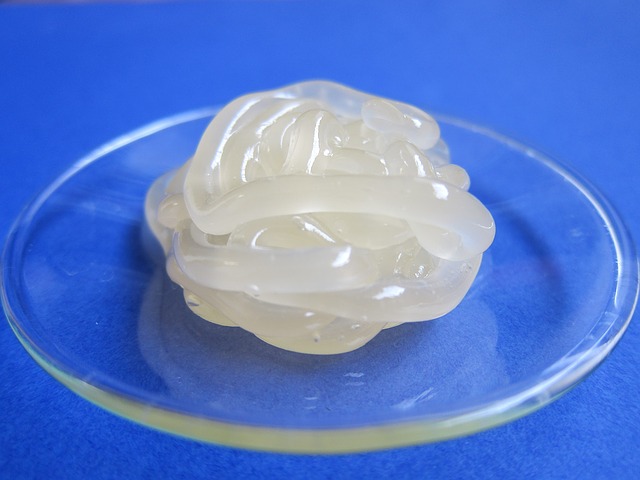Liquinox for Cleaning Stainless Steel
Q. Can we use liquinox to wash the passivated stainless steel parts?
A. Liquinox can be used to clean passivated stainless steel. Liquinox will not degrade the passivation of stainless steel. Martensitic or 400 series stainless steel is best cleaned at reduced temperatures below 100 deg F (below 45 deg C) so that you can rinse with the same temperature water without risk of breaking any emulsions and redepositing oils during rinsing.
Stripping Silicone Coating
Q. I need to strip a silicon coating from a small coaxial cable. We currently use a heated ultrasonic cleaner with about 1.5 gallon reservoir with Dynasol as the solvent. We need an explosion proof heated ultrasonic cleaner or a recommendation.
A. If you want to avoid having to use an explosion proof ultrasonic with a solvent like Dynasol, I recommend you use . . .
Cleaning Autoanalyzer with PMMA UV cuvette
Q. Recommend a cleaner for autoanalyzer with PMMA UV cuvette. Recommendation needs to avoid latex reagent buildup experienced using Triton x-100 cleaning. A. I recommend you evaluate the use of a 1% Liquinox detergent followed by a thorough rinse. Liquinox has been used in a wide variety of auto analyzers for many decades.
Documentation for Glassware Cleaner
Q. I need some documentation for Alconox stating why it is appropriate to use on cleaning glassware.
A. To document which Alconox, Inc. detergents are appropriate to use for cleaning glassware, you can get a copy of a technical bulletin. The technical bulletin will have a “used to clean” section on page 1.
Pharma Ointment Residue via CIP Detergent
Q. We are a generic pharmaceutical manufacturer of Creams and Ointments. We are having difficulty cleaning equipment (specifically CIP) after making these types of products. We have been successful in cleaning 95% of our products using the alkaline detergent. We have couple of products that leave a white film after the cleaning cycles. These products do not contain metal oxides. We are planning to try the Citranox acid cleaner. Any suggestions?



